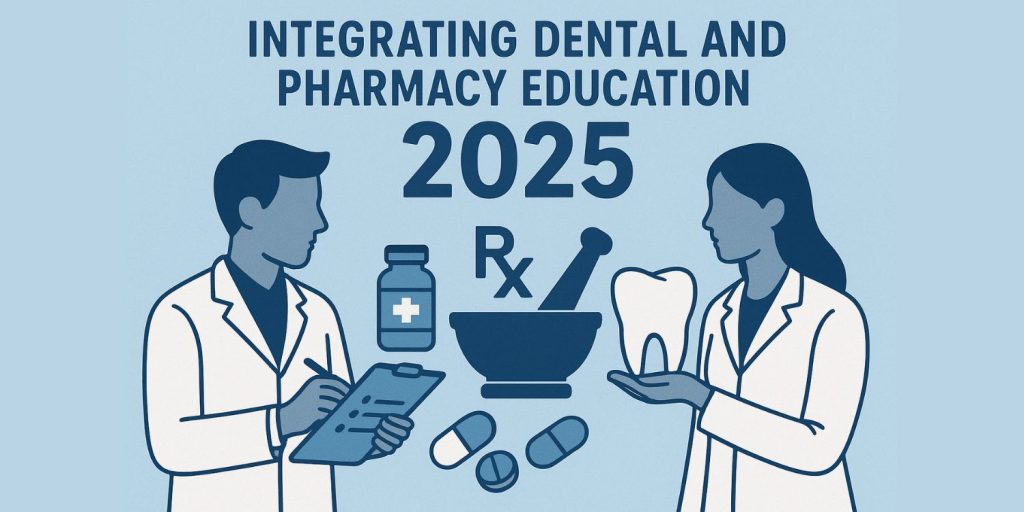India’s healthcare future will be written where the dental chair meets the pharmacy counter. Oral health and pharmacotherapy have long operated as adjacent domains, yet their overlap is where patient safety, antimicrobial stewardship, and preventive care can advance the fastest. As we spotlight the 10 Most Prominent Principals in Healthcare Education 2025, one imperative stands out: integrate dental and pharmacy education to create a single, patient-centered continuum.
Consider antibiotics. Dentists remain significant prescribers in outpatient settings, while pharmacists are the last checkpoint before medicines reach patients. Misaligned protocols, whether for acute odontogenic infections or prophylaxis, can fuel resistance, adverse events, and care delays. A unified framework where dental students learn stewardship alongside pharmacists, and pharmacists receive structured training in oral pathology, pain management, and local anesthetics, would tighten safety nets and reduce inappropriate prescribing.
Pain management is another nexus. Orofacial pain often results in polypharmacy: NSAIDs, local anesthetics, adjuvants, and occasionally opioids. Interprofessional education can embed shared decision-making models that prioritize non-opioid, evidence-based regimens while flagging red-flag interactions, from anticoagulants affecting extractions to CYP-mediated risks with common antibiotics and antifungals. Joint OSCEs, case conferences, and simulation labs can mirror real-world complexity, preparing graduates to co-manage pain without compromising healing or safety.
Prevention should be the binding philosophy. Pharmacists, among the most accessible health professionals, can screen for xerostomia, tobacco use, high-sugar diets, and poorly controlled diabetes, each with profound oral implications, and refer early to dental care. Conversely, dental clinics can incorporate chairside medication reviews, detect adherence issues, and route patients back to pharmacists for counseling on devices (spacers, glucometers), nutraceuticals, and safe self-care. Together, they can normalize fluoride literacy, nicotine cessation, and dietary counseling as routine components of everyday care.
Curriculum reforms must reflect this reality. Principals leading pharmacy and dental colleges can co-author modules on – Antimicrobial stewardship tailored to odontogenic infections, Analgesia ladders and interaction management in oral surgery and chronic pain, Geriatric pharmacology for polypharmacy and prosthodontic care, and several other trending topics.
The payoff is measurable: fewer emergency revisits from drug interactions, tighter antibiotic days of therapy, improved perioperative outcomes, and higher patient satisfaction. Equally crucial is culture. When future dentists and pharmacists train together, debating guidelines, calibrating risk, and practicing communication, they graduate fluent in each other’s craft and constraints.
This year’s featured Principals are charting that path: breaking silos, aligning competencies, and building clinical ecosystems where the mouth is not treated apart from the medicine. The mandate for 2025 is clear, make interprofessional education the standard, not the pilot. Safer prescriptions, healthier mouths, and smarter systems will follow.
